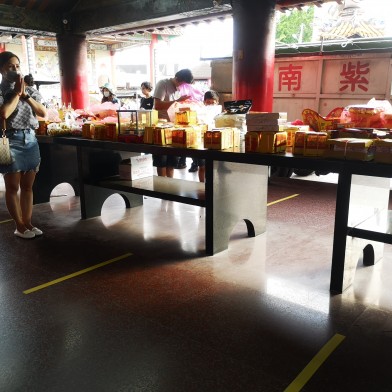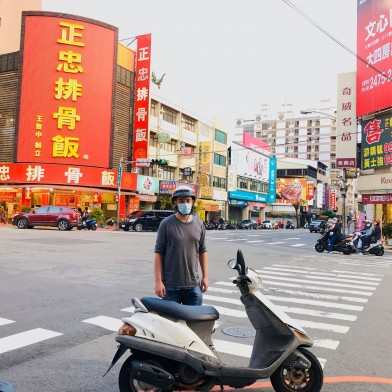The SARS pandemic came with hefty lessons for Taiwan, including how to prepare for future pandemics. White Fungus magazine editor Ron Hanson covers Taiwan's COVID-19 response, informed by those lessons. You can read his earlier piece on the Asia Media Centre here, examining what life in Taiwan was like during SARS and how New Zealand's COVID-19 response compares to Taiwan's current measures.
Taiwan’s COVID-19 response has been thorough and far-reaching, and more than I can summarise in one article. But I will mention a few key elements.
Following SARS, Taiwan established the Central Epidemic Command Center which can step in quickly to co-ordinate the national response. Upon being activated for the current crisis, the center immediately put together a check list of 124 “action items” which were implemented over a five-week period.
As soon as hearing about a cluster of cases of atypical pneumonia in Wuhan, Taiwan immediately began to screen all passengers from the city.
It quickly sent a task force over to investigate. Taiwan was the first place to ban passengers coming from Wuhan. Being first to act has been a pattern of Taiwan’s response.
 A sign at Dawulun Beach reminding people of social distancing and hygiene during COVID-19. Photo: Damien Owen Trainor
A sign at Dawulun Beach reminding people of social distancing and hygiene during COVID-19. Photo: Damien Owen Trainor
Taiwan merged the health insurance database with the immigration and customs databases. Doctors would receive the previous 14 days only of patients’ travel history so they could determine whether they had been in high-risk areas.
The team searched the data base to find patients who had experienced respiratory problems but tested negative for influenza. These people were retested for COVID-19. One of 113 cases tested positive. This needle-in-a-haystack approach has been key in largely preventing community transmission.
The quarantine has been as air-tight as possible. People arriving back in Taiwan must immediately go into quarantine.
These people are banned from taking public transportation but may order a special quarantine taxi to take them to their location.
Those under quarantine are monitored through their mobile phones. This is now done using Bluetooth to be less invasive. The monitoring system, allowed under the emergency powers, has been the most controversial element of Taiwan’s response, but it has undoubtedly been effective.
Taiwan entered the current pandemic with ample reserves of PPE.
At full capacity it has 20,000 isolation rooms and 14,000 ventilators. The Command Center has used government money and military personnel to significantly step up the production of masks.
 Street scenes outside National Taichung Theatre during COVID-19. PPE is a common sight in Taiwan Photo: Mark Hanson
Street scenes outside National Taichung Theatre during COVID-19. PPE is a common sight in Taiwan Photo: Mark Hanson
Production is expected to reach 19 million units a day by the middle of May. A mask rationing system has prevented hoarding. As other countries scramble to acquire PPE, Taiwan is donating millions of masks to governments around the world as part of its diplomatic outreach.
Communication with the public has been excellent. It has been made clear that there is no stigma in contracting the virus, but the public has also been informed on what it can do to reduce risk.
Pushback against fake news and misinformation has been swift and effectively employed humor. Taiwan’s transgender hacker Digital Minister Audrey Tang has been particularly effective in communicating with the grassroots youth.
The public response has been diligent. Most social distancing has been voluntary rather than mandated from above.
The extent of it can be gaged anecdotally but also in statistics such as the use of Taipei’s metro subway system which is down by 50 percent.
The Minister of Health and Welfare, Chen Shih-chung, recently praised the public and said its role has been key to Taiwan’s success.
Chen says that some restrictions may be lifted in late May but that it will depend on the public’s scrupulousness in hand-washing, mask-wearing and maintaining social distancing.
Banner image: Ema Chang
- Asia Media Centre

